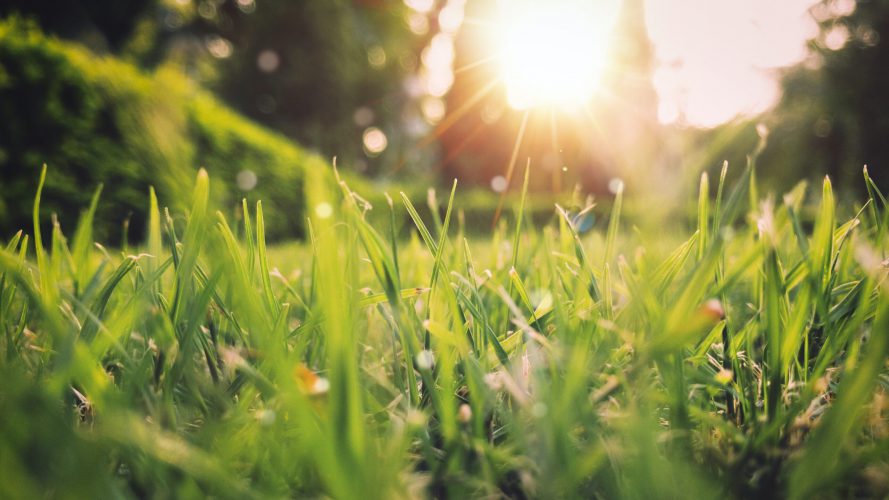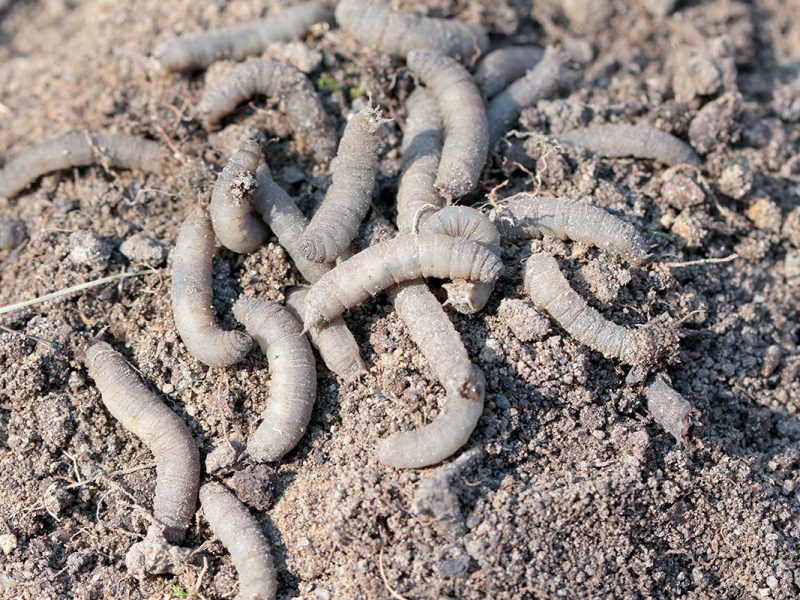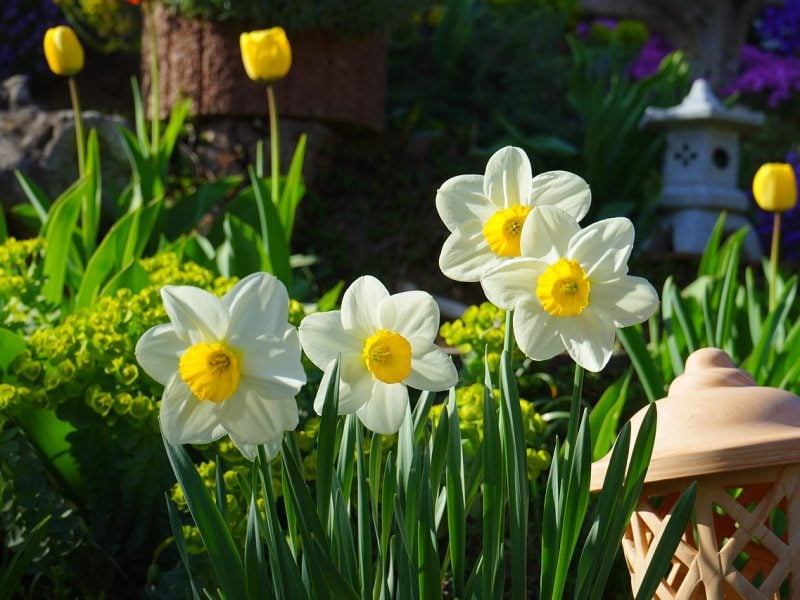March has arrived and with it those first indicators of spring: longer days, daffodils blooming and of course, lambs gambolling about in the fields. The arrival of spring is also good news for our lawns as the improved weather increases grass’ growth rate, making now a good time to repair your lawn from any damage succumbed over the winter.
But it’s not all good news. The increase in life and activity associated with spring also applies to many lawn pests and problems that you might be less than thrilled to find in your garden… here’s what you need to know about spring lawn problems.
Moles
These small mammals, beloved by many who grew up reading The Wind in the Willows, can be a big nuisance. Moles are a vital component of the British countryside that play an important part in the ecosystem. They can also cause catastrophic damage to lawns if they move into your garden. So, what can you do?
Moles, like many animals, are guided by their stomachs. They will take up residence during early spring anywhere where there is an abundance of food for them. Preying on common insects, including many annoying garden pests such as chafer grubs (more on these later!) if it wasn’t for the damage moles cause to lawns they’d actually be regarded as desirable predators attacking many of the other things that hurt lawns. As such, the best way to encourage moles to move on is by removing the insects that make up their diet. Find out more about this here.
Moles are driven by their noses, which are so sensitive they can actually be deterred by strong-smelling plants including daffodils, marigolds, and alliums. Planting these in flower beds around your lawn will create a barrier that keeps away moles.
Weeds and meadow grasses
Spring breezes blow seeds into the garden which take root when the increased daylight hours and temperature create the perfect climate for them to thrive. The most common, and first to arrive, weeds are dandelions, daisies and Lesser Celandine. Which are all relatively easy to spot and can be combatted with our spring treatment.
Moss
One of the most pervasive grass pests is moss, which can hide among the sward meaning you may not even be aware of its presence. This almost invisible pest creates a spongy feel to the lawn and an uneven appearance.
Moss growth can be minimised with regular raking, mowing frequently and proper fertilisation. But once it has taken hold of your lawn, you’ll need to take direct action to remove it. with the best course of treatment often being scarification.
Chafer bugs
The soil-dwelling larvae of the chafer beetle (phyllopertha horticola), chafer grubs start to appear in late spring and can be a real pain to get rid of with treatment being most effective when applied later on in the year when they are at the most vulnerable stage of their lifecycle. Find out more about how to spot chafer grubs, and get rid of them here.
Looking for more lawn care tips and tricks?
Take a look at our help page to find out more lawn care advice.





